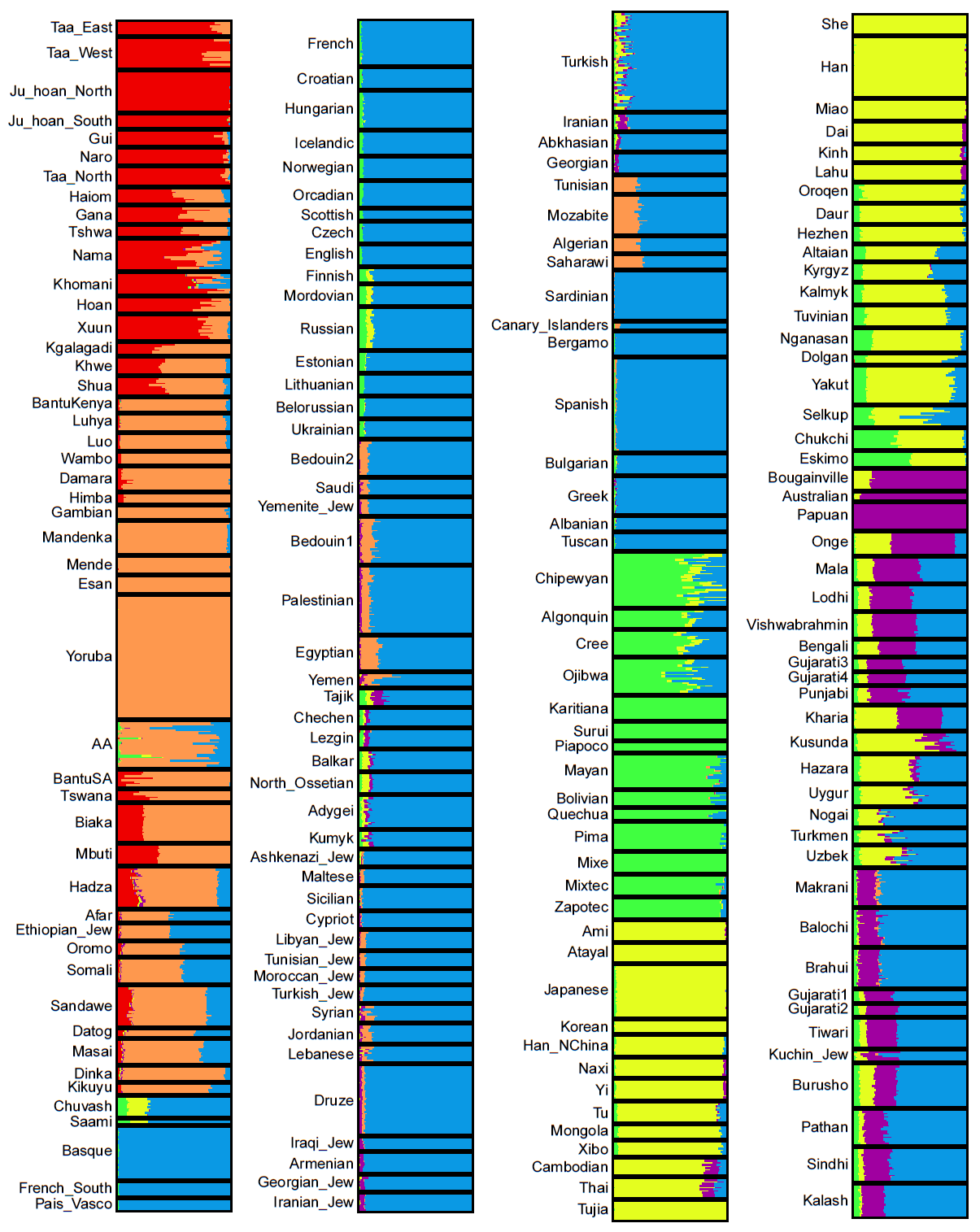Technically speaking my great great great great great great great great grandmother's mtDNA is basically nonexstent. You'd have to sample millions of Germans to find someone who is apart of her mtDNA lineage. Most mtDNA lineages never become popular, most remain extremely rare, or become replaced by founder effects. The extinction of Mal'ta boy's mtDNA and Y DNA says almost nothing about the contribution his relatives or even his own tribe made to modern people.
It is true Mal'ta boy's mtDNA extnction and my greatx6 grandmother's mtDNA's rarity aren't directly comparable. He belonged to a U haplogroup which had accumulated many SNPs and certainly many subclades. There's probably no one alive today or very few are even a distant relative to his mtDNA. In contrast there are plenty of people today with U5b2a2b1. Nonetheless Mal'ta boy's mtDNA and Y DNA extinction aren't good evidence his relatives didn't contribute ancestry to many modern humans.
Afora Gora, 17,000 year old ANE individual, belonged to mtDNA haplogroup R1b1. It is not extinct. A Mesolithic Hungarian belonged to R1b1, two Bronze age individuals from Russia belonged to R1a, several individuals from Unetice belonged to R1, and R1 is found throughout Europe and Asia today. R1 today peaks in Eastern Europe and the Caucasus mountains, two locations with lots of ANE ancestry.
Why does the relation become non-relative? Who are we to determine how far back in time is when ancient humans aren't closely related to any modern humans? Before science no one thought humans had been around for 10,000s of years. Time is relative. To one person 1,000 years ago is a very long time ago, to another person 20,000 years ago is long time ago. I don't see why someone who lived 24,000 years ago can't be ancestral to many modern humans.
WHG-SHG-EHG form a ADMIXTURE component because they share shiz loads of ancestry. It doesn't mean they're genetic branch as opposed to Mal'ta. Formal stats say EHG is about as related to Mal'ta as to WHG.
The relation EHG, modern Europeans have to Mal'ta(and as a result Native Americans) is real. This relation was detected before Mal'ta boy's genome was sequenced. David Reich noticed modern Northern Europeans share common ancestry with Native Americans back in 2012;
Native Americans and Northern Europeans more closely related than previously thought.
Intelligent geneticist like David Reich wouldn't make the mistake of fasley claiming Mal'ta boy's people are an ancestor Native Americans and Europeans share. They know what they're doing.
The relation EHG has to Mal'ta boy is extremely high, there's no way it is pseudo anything.



